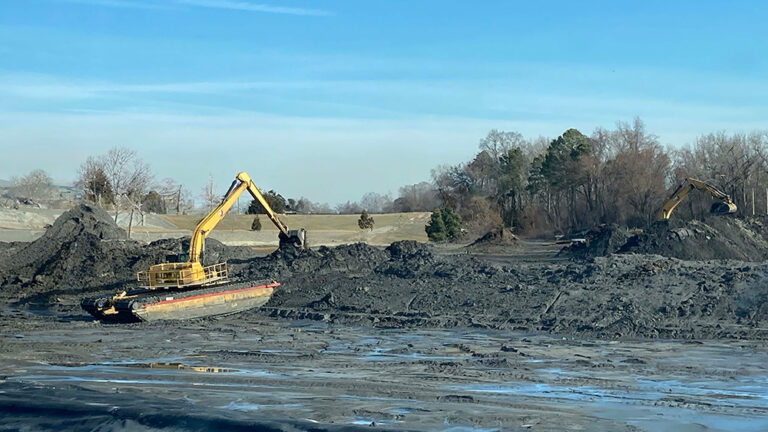Publications
Whether we’re providing commentary on emerging industry trends, or providing keynote presentations at conferences, we’re never short on thought leadership.

Publication
Whether we’re providing commentary on emerging industry trends, or providing keynote presentations at conferences, we’re never short on thought leadership.

Publication